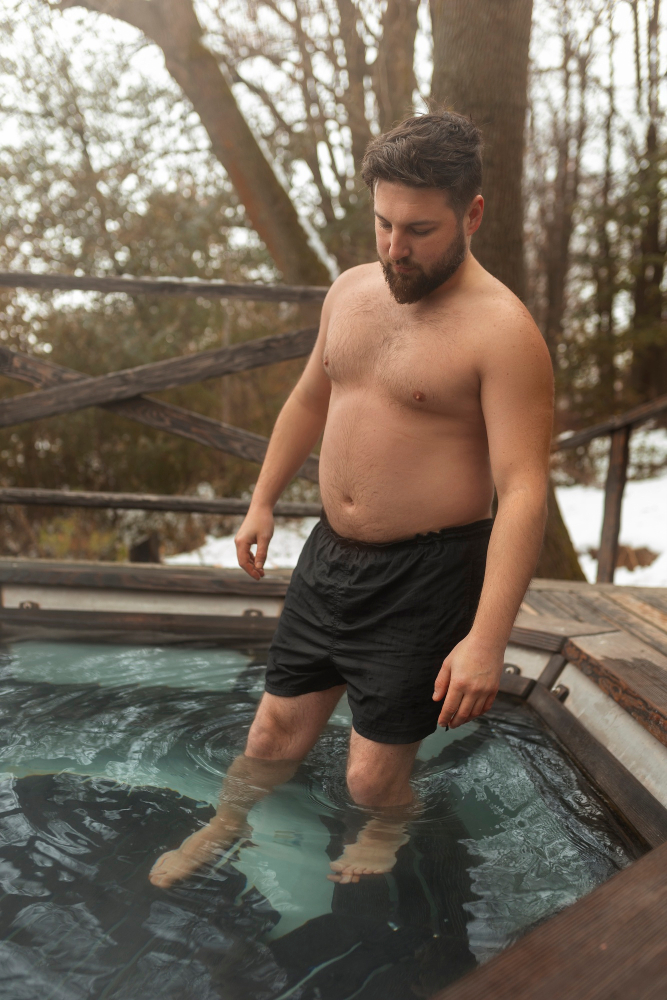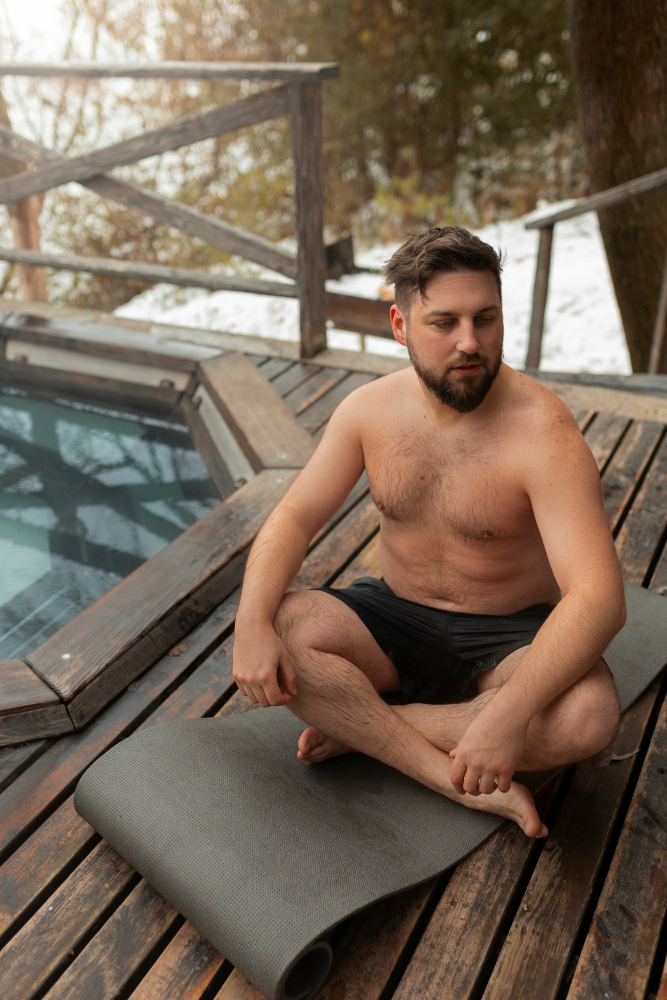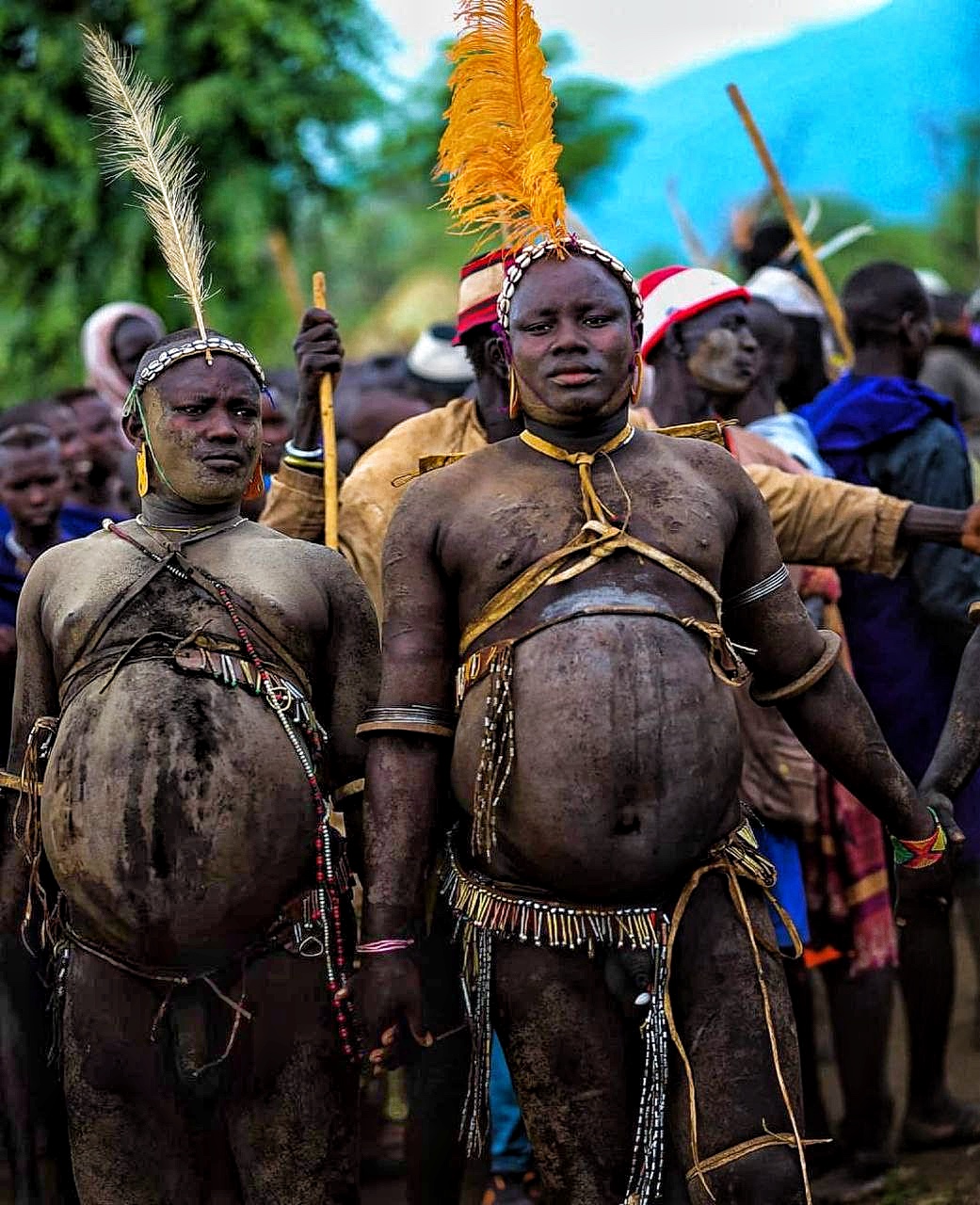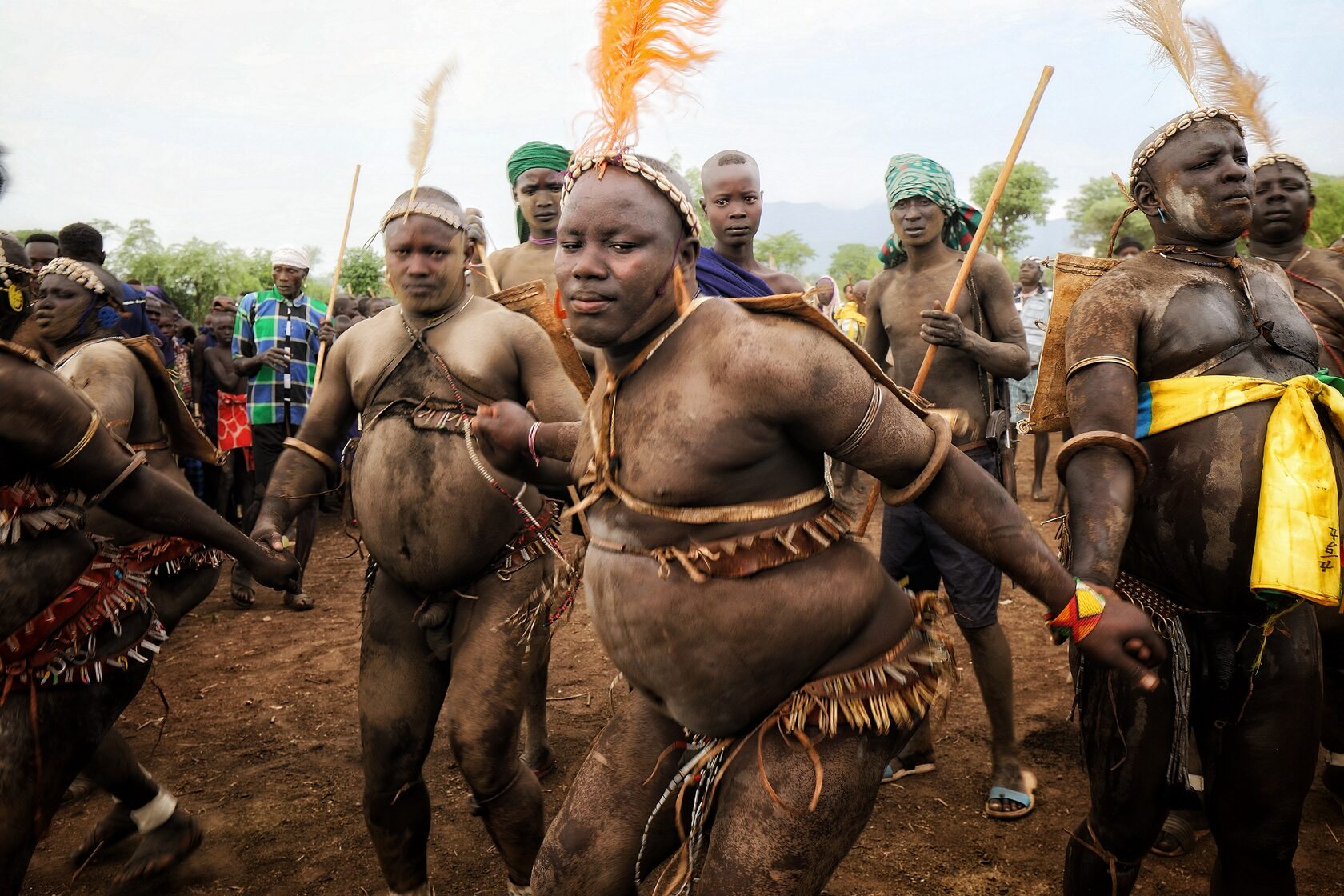The Finnish sauna is more than just a cultural tradition—it’s a science-backed method for improving men’s health. For centuries, Finnish men have embraced the heat, reaping its many physical and mental benefits. In today’s fast-paced world, integrating regular sauna sessions into a wellness routine can provide significant advantages for cardiovascular health, muscle recovery, stress reduction, and overall well-being.
Cardiovascular Health and Longevity
One of the most well-documented benefits of sauna use is its impact on cardiovascular health. Regular sauna sessions can help lower blood pressure, improve circulation, and reduce the risk of heart disease. Studies suggest that men who use a sauna multiple times a week have a lower incidence of heart-related issues compared to those who do not. The heat exposure causes blood vessels to dilate, promoting better blood flow and reducing strain on the heart.
Muscle Recovery and Athletic Performance
For men who engage in physical activities or sports, sauna sessions can aid in muscle recovery and performance. The heat from a Finnish sauna helps increase blood flow to muscles, reducing soreness and accelerating recovery after exercise. Additionally, sweating aids in the removal of toxins, which can contribute to inflammation and muscle fatigue. Many athletes incorporate sauna use as part of their training regimen to enhance endurance and overall fitness.
Hormonal Balance and Testosterone Levels
Maintaining optimal testosterone levels is crucial for men’s health, affecting everything from muscle mass to mood. While excessive heat exposure can temporarily lower sperm count, regular sauna use has been linked to improved hormonal balance and stress reduction, both of which play a role in maintaining healthy testosterone levels. Saunas also stimulate the release of growth hormone, which is essential for muscle building and overall vitality.
Mental Health and Stress Reduction
Men often face significant stress due to work, family responsibilities, and societal expectations. The Finnish sauna provides an effective way to unwind and alleviate stress. Heat exposure triggers the release of endorphins, the body’s natural feel-good chemicals, leading to improved mood and relaxation. Many men find that sauna sessions help them sleep better, combat anxiety, and improve overall mental clarity.
Detoxification and Skin Health
Sweating in a sauna is an effective way to detoxify the body by flushing out harmful toxins. This process not only benefits internal health but also improves skin condition by clearing pores and promoting a healthier complexion. For men prone to acne or other skin conditions, regular sauna use can contribute to a clearer, more vibrant appearance.
The Finnish Tradition of Cooling Down
An essential part of the Finnish sauna experience is the practice of cooling down after a hot session. Traditionally, many Finns jump into a cold lake or roll in the snow after exiting the sauna. This rapid temperature shift stimulates circulation, boosts the immune system, and enhances the body’s ability to adapt to stress. The contrast between extreme heat and cold provides invigorating benefits, leaving individuals feeling refreshed and revitalized.
How to Incorporate Sauna Into Your Routine
To maximize the benefits of sauna use, consider the following tips:
- Frequency: Aim for 3-5 sauna sessions per week for optimal health benefits.
- Duration: Stay in the sauna for 10-20 minutes per session, depending on tolerance.
- Hydration: Drink plenty of water before and after to prevent dehydration.
- Cooling Down: Alternate heat exposure with cold showers, ice baths, or even rolling in the snow to enhance circulation.
- Listen to Your Body: If you feel dizzy or uncomfortable, exit the sauna immediately.
Conclusion
The Finnish sauna is a time-tested wellness practice that offers numerous benefits for men’s health. Whether you are looking to improve cardiovascular function, boost muscle recovery, enhance mental well-being, or simply unwind, incorporating sauna sessions into your routine can be a game-changer. Prioritizing regular sauna use can lead to a healthier, longer, and more vibrant life.
Images by https://freepik.com






 Nestled deep within the Omo Valley of Ethiopia, the Bodi tribe is one of the most fascinating indigenous groups in Africa. Known for their distinctive traditions, body modification practices, and the remarkable Ka’el fattening ceremony, the Bodi people have preserved their way of life despite the growing influence of modernization.
Nestled deep within the Omo Valley of Ethiopia, the Bodi tribe is one of the most fascinating indigenous groups in Africa. Known for their distinctive traditions, body modification practices, and the remarkable Ka’el fattening ceremony, the Bodi people have preserved their way of life despite the growing influence of modernization.




